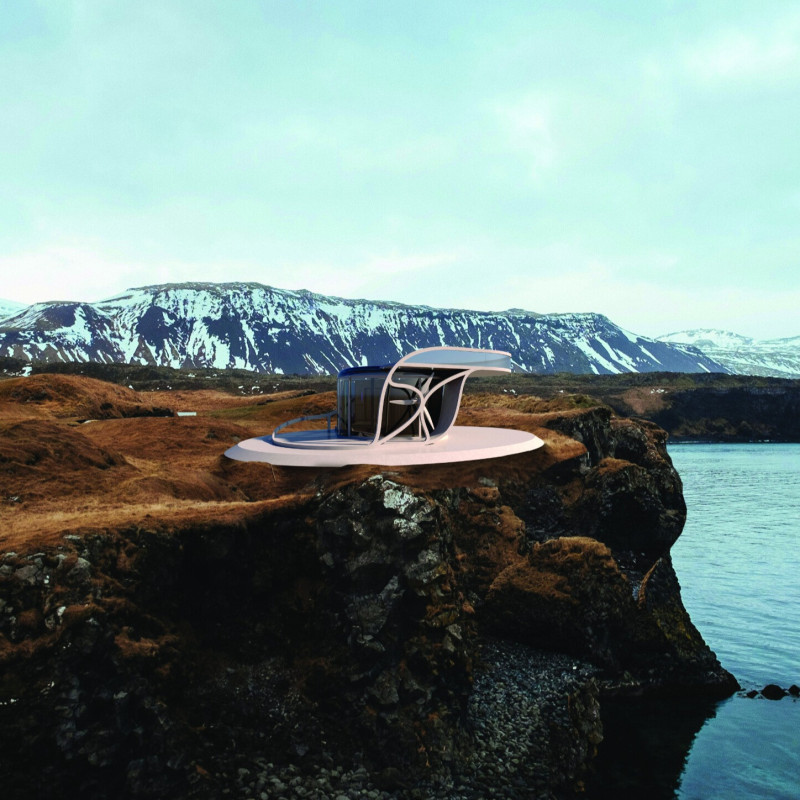5 key facts about this project
At its core, the project serves as a multifunctional space, designed to accommodate a diverse range of activities. It primarily functions as a community hub, balancing public and private spaces to facilitate interaction among users. The layout is organized to promote a seamless flow, allowing for spontaneous gatherings and organized events alike. This functionality is achieved through an open floor plan that fosters flexibility, ensuring adaptability over time as community needs evolve.
Several key elements define the project’s unique approach to architecture. The façade offers a modern interpretation of traditional forms, utilizing a diverse palette of materials that harmonizes with the surroundings. Concrete serves as a primary structural component, providing durability while allowing for innovative geometries. The strategic use of glass invites natural light deep into the interiors, creating bright, inviting spaces that connect occupants with the outside world. These large openings are designed not only for aesthetic purposes but also to enhance thermal performance, contributing to the building’s energy efficiency.
Wood is incorporated throughout the project to add warmth and a tactile quality that contrasts with the more industrial elements. This choice of material resonates with users on an emotional level, fostering a sense of comfort and belonging. Steel is also present, primarily in structural components and decorative elements, emphasizing the building's modernity and enabling the execution of complex designs while ensuring safety and functionality.
The architectural design demonstrates a commitment to sustainability through various integrated features. Rainwater harvesting systems are seamlessly woven into the landscape, promoting water conservation while enhancing the aesthetic appeal of the surrounding areas. Solar panels discreetly integrated into the roofline further underscore an environmental consciousness, aiming to reduce the building's carbon footprint and utility costs.
Attention to natural ventilation and climatic responsiveness is a hallmark of this project. The strategic positioning of windows and openings allows for cross-ventilation, which not only minimizes reliance on mechanical air conditioning but also contributes to indoor air quality and comfort. The project’s roof design incorporates green space, which further aids in thermal regulation, provides recreational areas, and improves biodiversity.
Moreover, this architectural endeavor does not merely accommodate the needs of individuals but seeks to foster a strong sense of community. Open spaces and gathering areas are thoughtfully situated to encourage social interaction. Art installations and community-oriented design elements are incorporated to reflect local culture and history, creating a narrative that resonates with users and instills pride in the community.
The project’s relationship with its surroundings is also significant. Accessibility is a fundamental design consideration, ensuring that the building is welcoming to all demographics. Pathways are designed to provide easy movement and connectivity between different spaces, while landscaping further integrates the structure into its natural context.
As one delves deeper into the project presentation, it becomes evident how the architectural plans, sections, and detailed designs come together to form a coherent vision. These elements reveal the careful consideration of architectural ideas that informed the design process and highlight practical aspects that are integral to its execution. For those seeking a comprehensive understanding of the project, exploring its architectural plans, sections, and various design elements will offer valuable insights into this proficient example of contemporary architecture.


 Alexander Angelov
Alexander Angelov 























